
Engaging Development Through Critical Landscape Planning
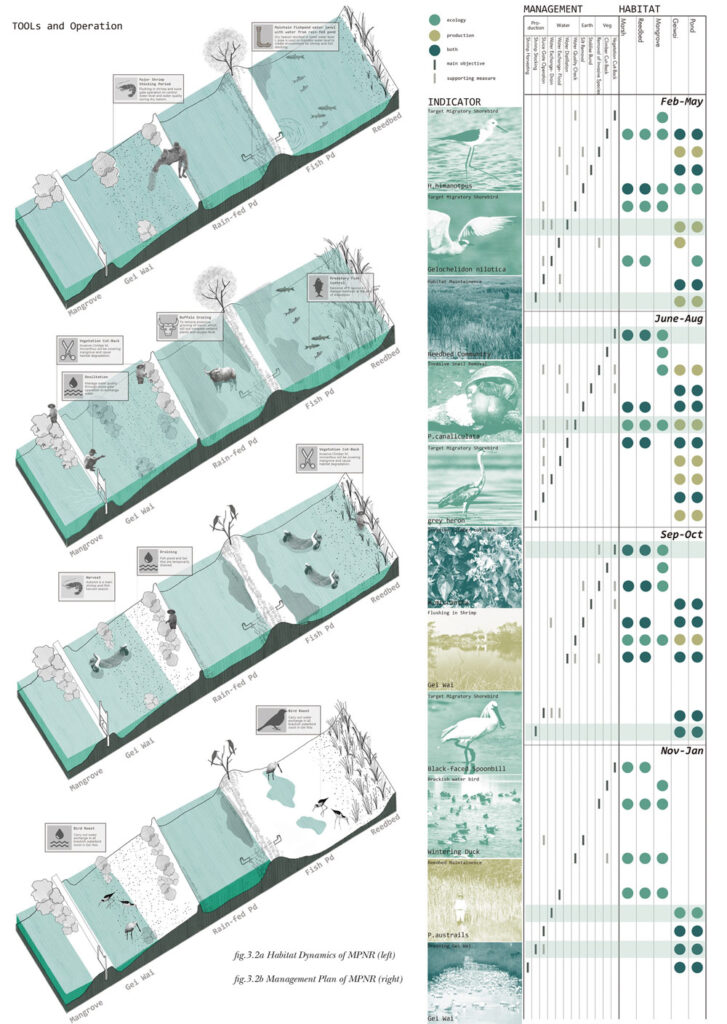
This thesis section has for several years encouraged transdisciplinary landscape planning interventions in China’s large-scale eco-environmental programmes (生态立州). With China’s Belt and Road Initiative and increasingly diverse processes of going out (走出去), this section welcomes landscape-driven theses in transnational arenas of global environmental importance heavily influenced by Chinese development, aid and expertise.
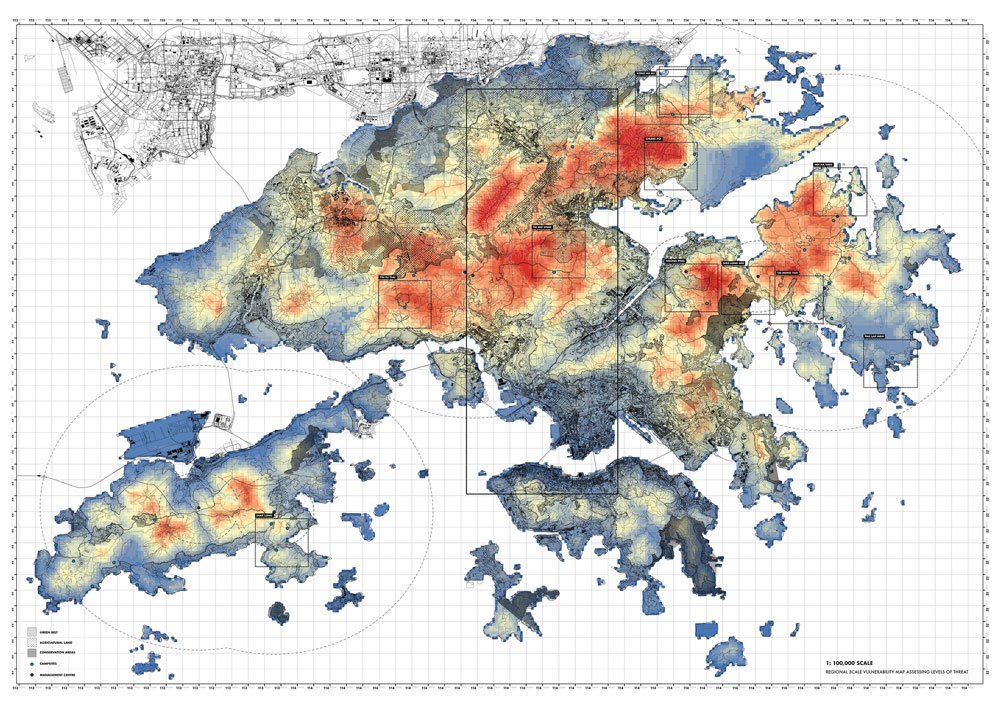
ndeed, lessons from China’s internal development, such as the long-running Western Development campaign (西部大开发), provide a critical lens for understanding new potentials for Chinese-led projects in ecologically complex frontiers. The global shift during the 1990s to models of “sustainable development” greatly influenced the establishment of China’s environmental legislation and national environmental programmes. Such national projects as the Sloping Land Conversion and Natural Forest Protection Programs mold, sometimes with great conflict, to diverse geographies where people impacted have a direct attachment to the landscape (Yeh, 2013). However, these frontiers are typically the domain of multilateral development banks and international environmental NGOs. The design and planning disciplines’ involvement is either nascent or, when it exists in regional or master planning, naive and disciplinarily siloed.
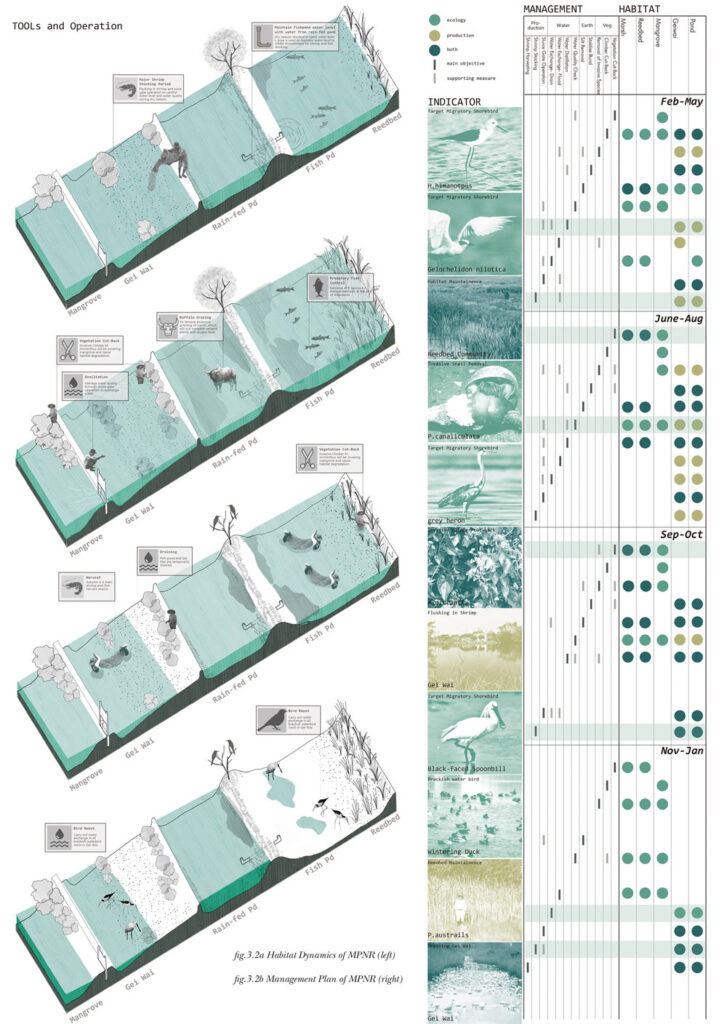
See Weller (2014) for an optimistic overview-from within landscape architecture-of the discipline’s past and potential contributions to environmental planning. This thesis section seeks a renewed agency for landscape architecture in development. Theses will explore how landscape architecture could mediate technical practices (e.g., impact assessment of engineering projects, scientific prediction of ecosystem services) and practices of sustainability (e.g., technology transfers, resource governance) as discovered, studied, organized, and disseminated via design and the desire to intervene. Students will employ strategies such as counter-mapping and generate designs that synthesize environmental knowledge with differing value systems into landscape-driven scenarios and development narratives. Long the arena of geography and anthropology, the landscape architect and planner find disciplinary footing from earlier periods of landscape planning, contemporary landscape urbanism, and emergent technologies and approaches from civil engineering and sustainability sciences. (For an immersion into related interdisciplinary human-environment project types, see Roy Chowdhury (2013).)
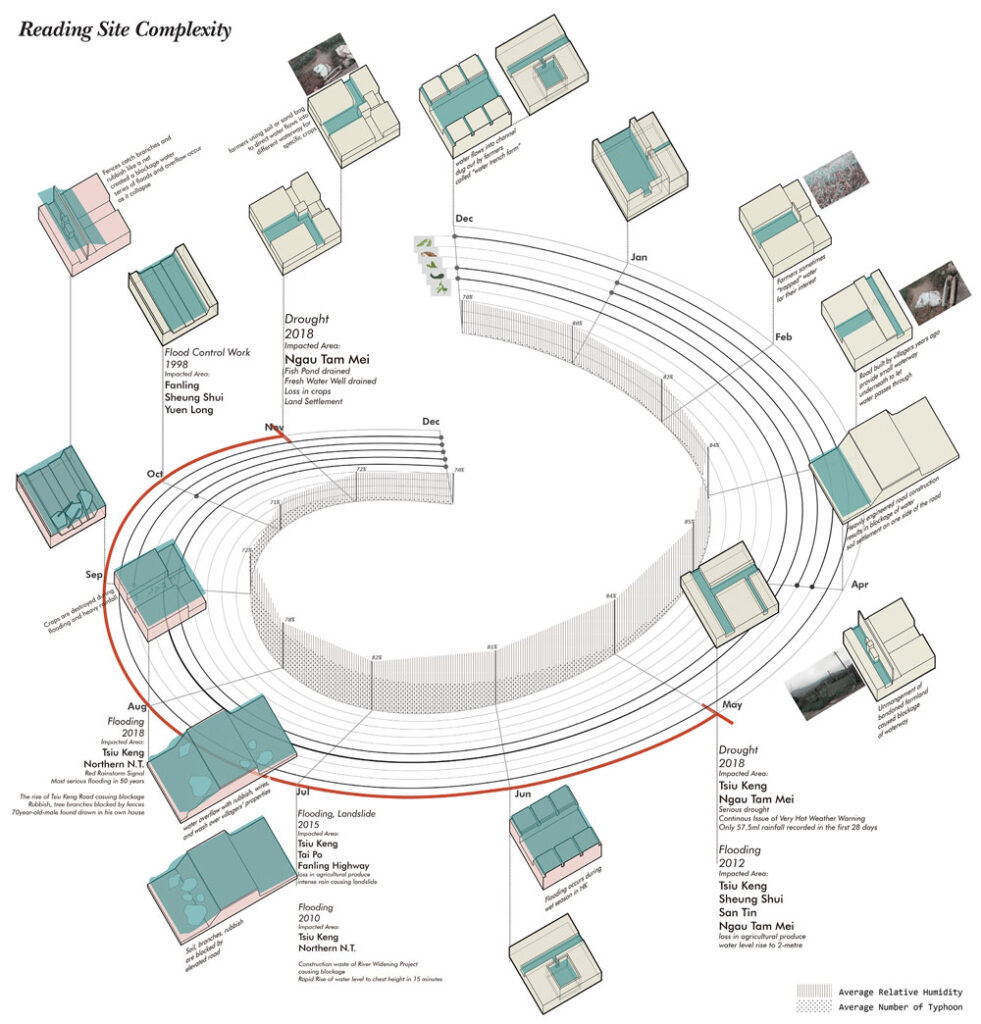
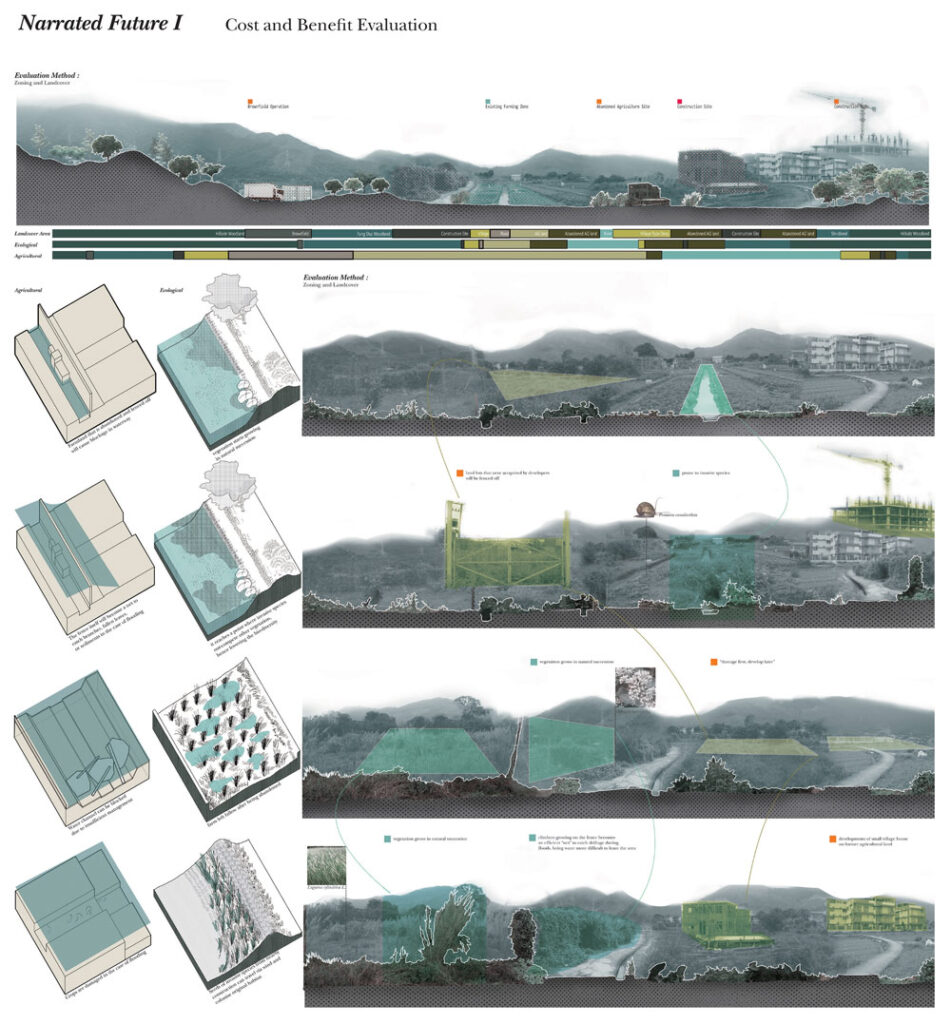
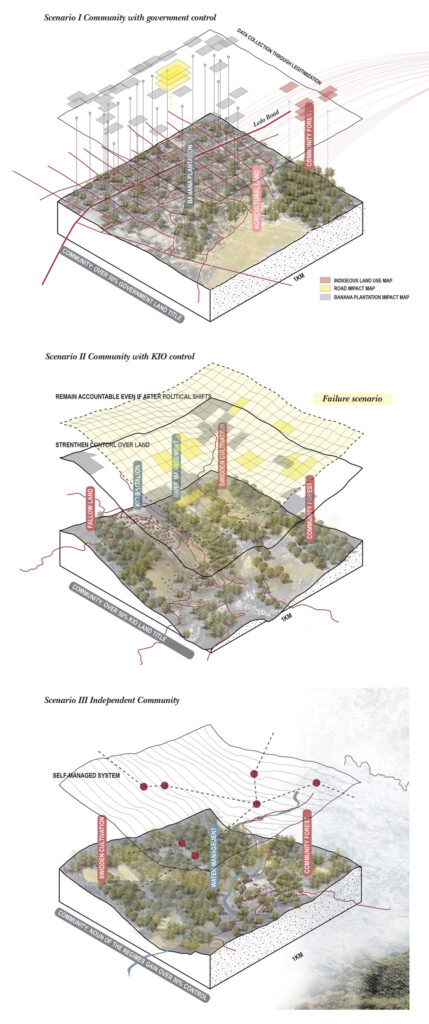
Thesis Title: ENGAGING DEVELOPMENT THROUGH CRITICAL LANDSCAPE PLANNING
Related Staff: Ashley Kelly
Students: CHONG Yan Suen Ceas; FAN Junyi Roy; SHUM Siu Kei David; YUAN Zheyi Zoey
Thesis Year: 2018-19
University: The University of Hong Kong
Related articles
UDL Illustrator
Masterclass
Visualising Urban and Architecture Diagrams
Session Dates
17th-18th January 2026

Urban Design Lab
Be the part of our Network
Stay updated on workshops, design tools, and calls for collaboration
Curating the best graduate thesis project globally!

Free E-Book
From thesis to Portfolio
A Guide to Convert Academic Work into a Professional Portfolio”
Recent Posts
- Article Posted:
- Article Posted:
- Article Posted:
- Article Posted:
- Article Posted:
- Article Posted:
- Article Posted:
- Article Posted:
- Article Posted:
- Article Posted:
- Article Posted:
- Article Posted:
Sign up for our Newsletter
“Let’s explore the new avenues of Urban environment together “


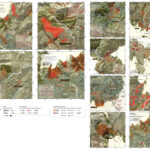
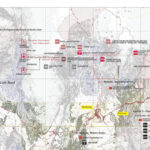
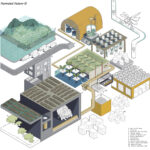
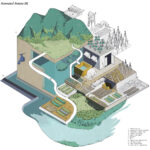
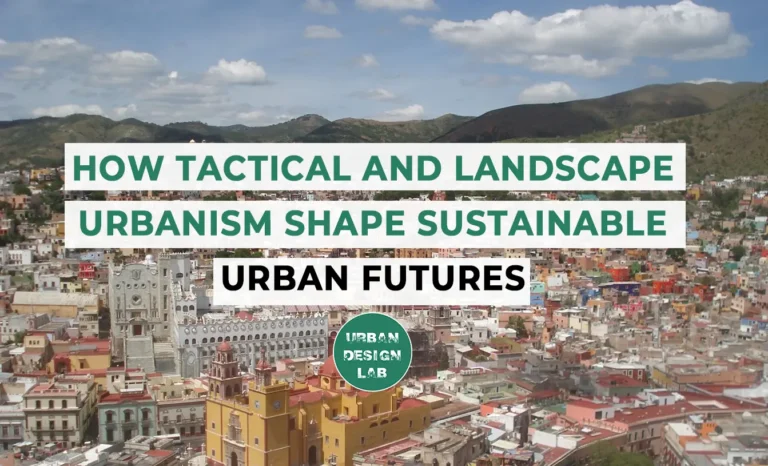
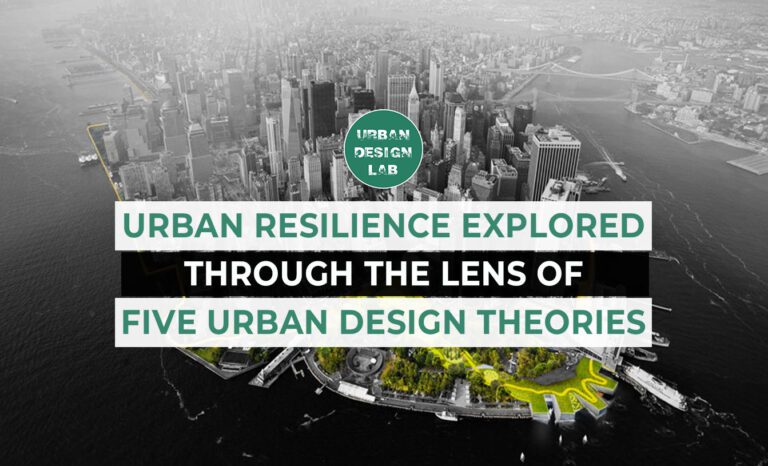
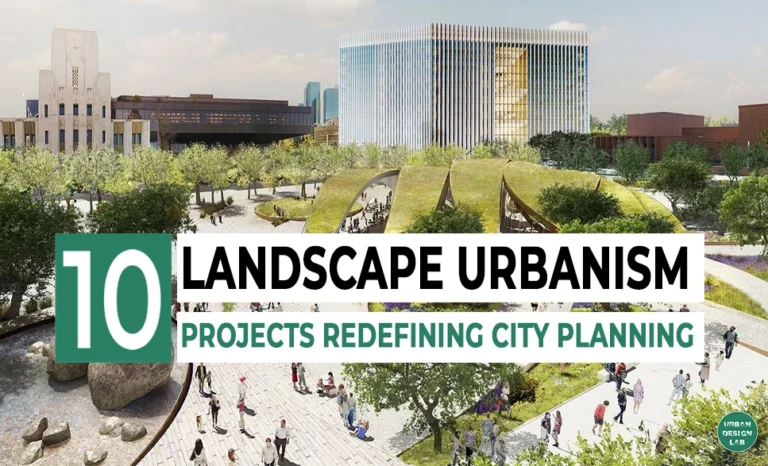
























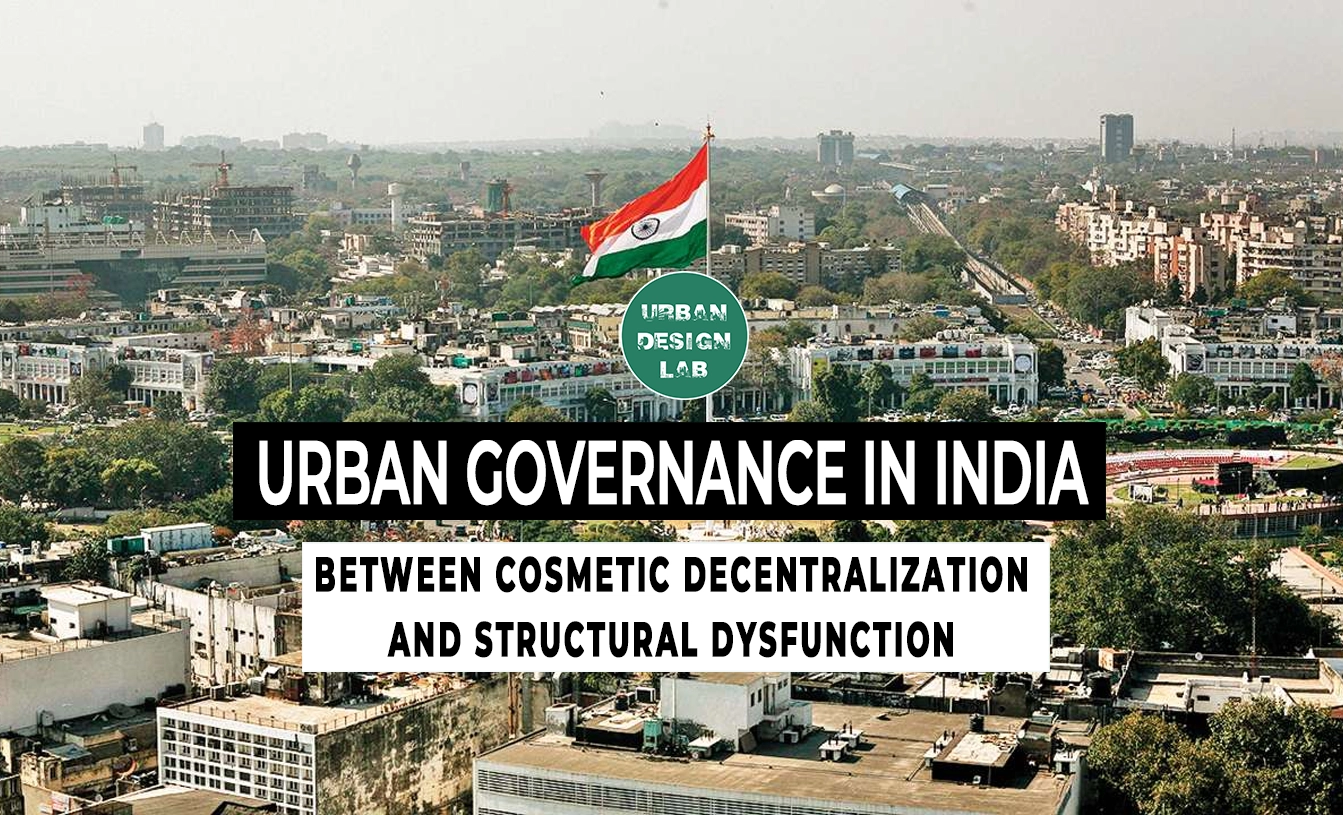


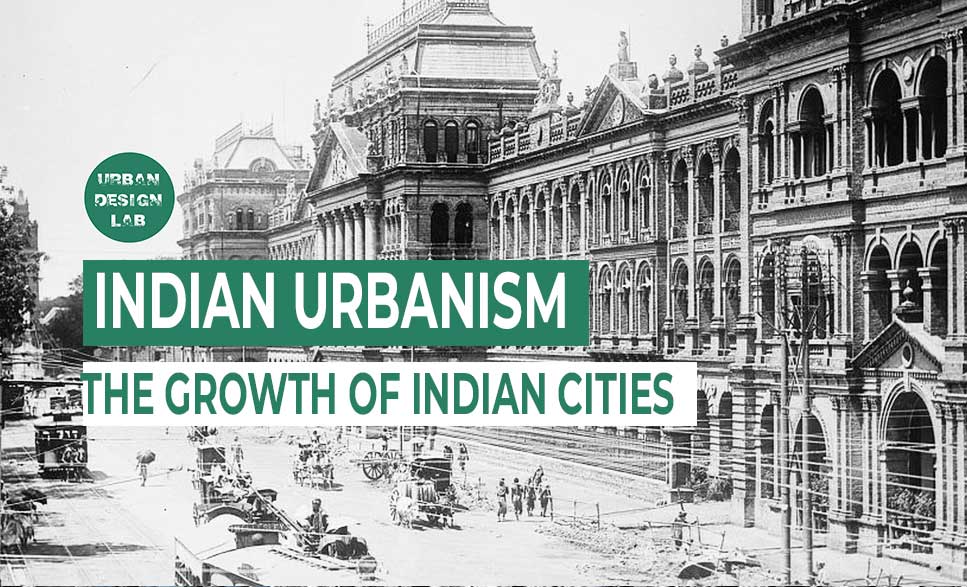
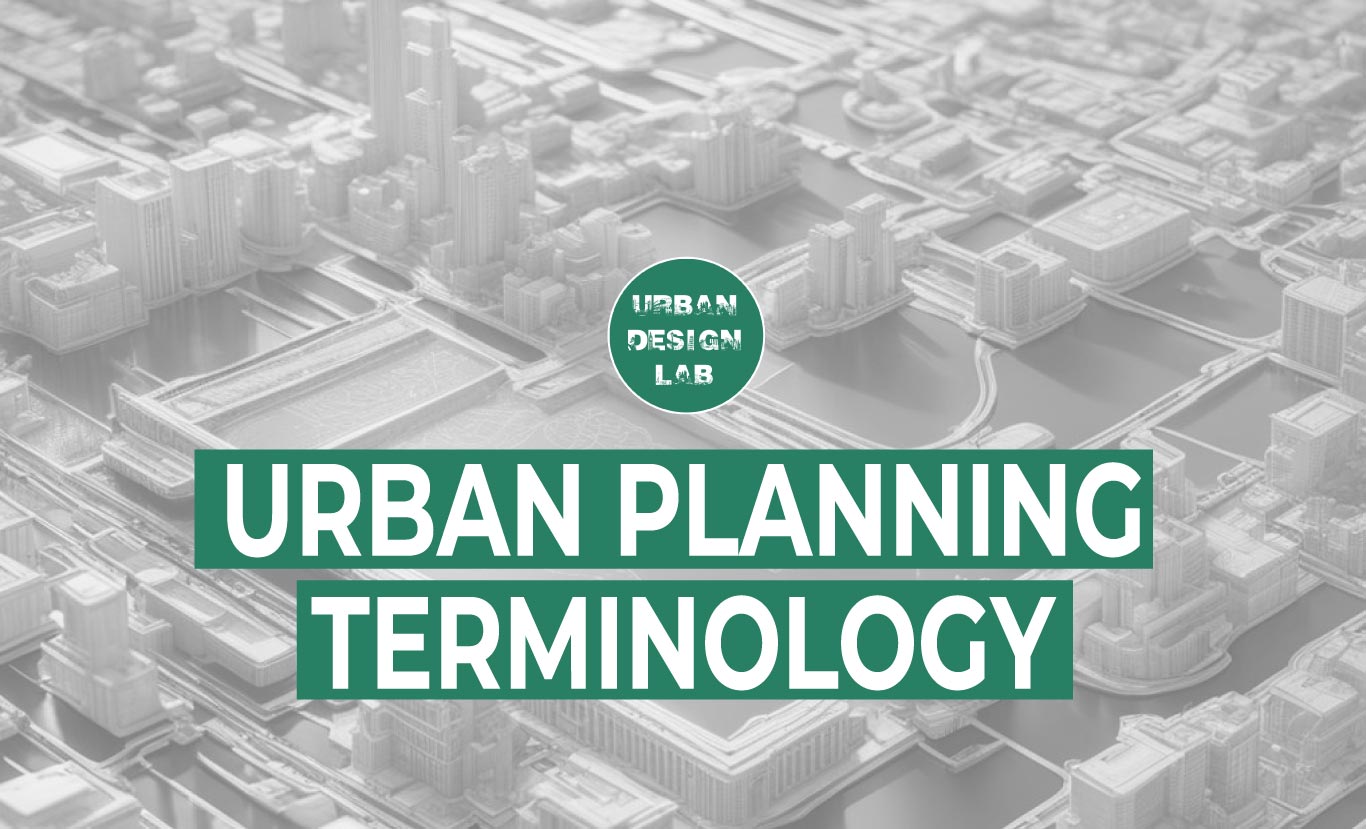





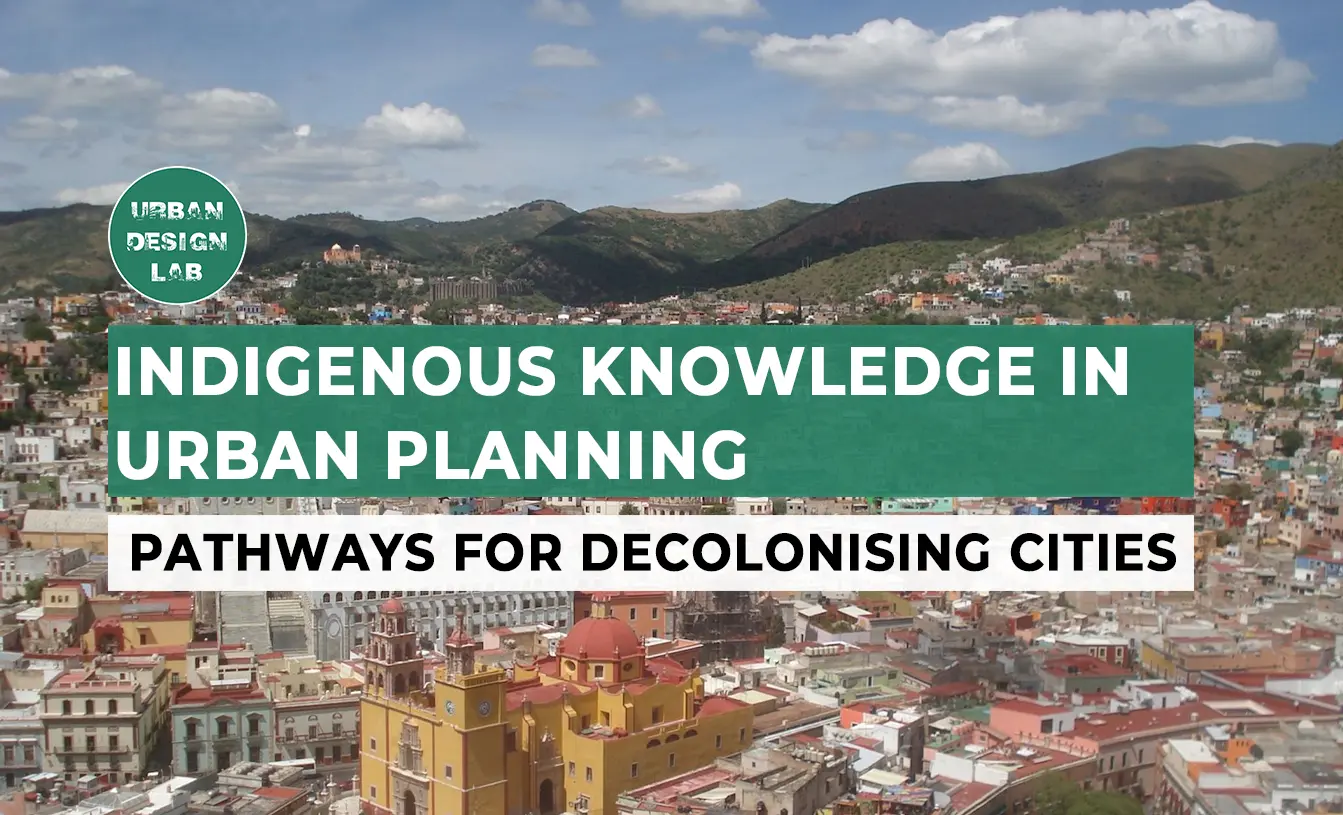






One Comment
En función a la interesante presentación, justificación y valoración sobre la participación de las disciplinas de diseño y planificación en contextos de gobiernos neoliberales, catalogada como “incipiente o, ingenua y disciplinariamente aislada”; calificación que comparto, dadas las limitaciones de los procesos de planificación gubernamental y las escalas reales de implementación (intervenciones transdiciplinarias e intersectoriales); me gustaría conocer el tipo de información y/o reflexión que vuestro equipo técnico tendría a nivel paisajístico, sobre el proyecto: MEGAPUERTO DE CHANCAY localizado en PERÚ, y que inicia sus operaciones este año.